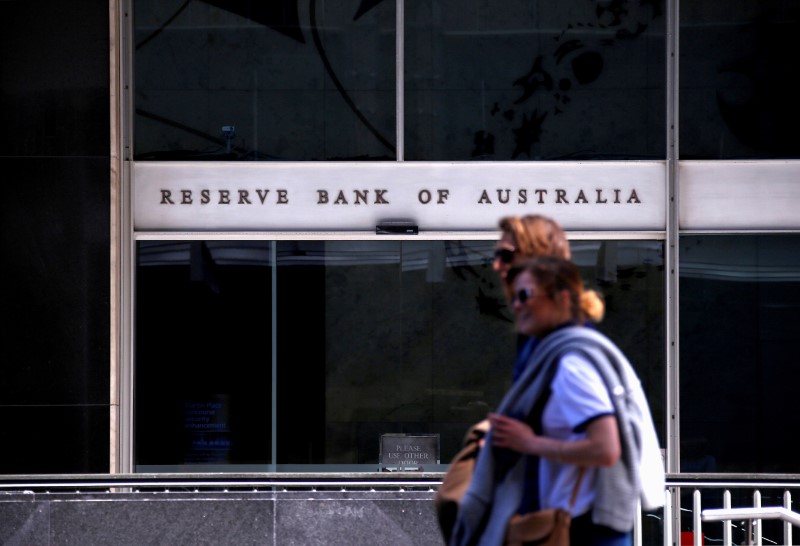Street Calls of the Week
By Swati Pandey
SYDNEY, Oct 15 (Reuters) - The Australian central bank expanded its balance sheet by A$97 billion ($69.2 billion) during the year-ended June to A$279 billion due to its package of policy measures in March to rescue the country's economy from a deep recession.
The Reserve Bank of Australia (RBA) said in its annual report on Thursday its balance sheet was "much larger than in recent years", boosted by government bond purchases, open market operations and a cheap funding facility for commercial banks.
The RBA posted a net profit of A$2.5 billion ($1.8 billion) in 2019/20, its annual report showed, helped by interest earned from government bonds and a 0.9% fall in the country's currency during the period.
Net profit was down from A$4.5 billion last financial year, with the Aussie falling much sharply by more than 8%. AUD=D3
The Reserve Bank transacts in the foreign exchange market on almost every business day. The majority of its transactions are associated with providing foreign exchange services to its clients, the most significant of which is the Australian government, to which it will pay A$2.56 billion.
That is 51.5% higher than the A$1.69 billion it paid to the government last year.
Australia's official reserve assets, which include foreign currency assets, gold and international reserve asset created by the International Monetary Fund (IMF), slipped to A$61.5 billion as at June 30 from A$77.5 billion a year ago.
The RBA reported that staff costs rose 7.1% over the year, largely reflecting salary increases and a rise in the average number of employees.
Governor Philip Lowe's total remuneration during the year was A$1.08 million.
($1 = 1.4023 Australian dollars)
